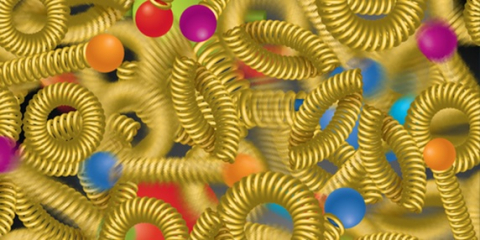
Theorists propose nucleon energy-energy correlator as a probe to the gluon saturation phenomena at the future electron-ion collider.
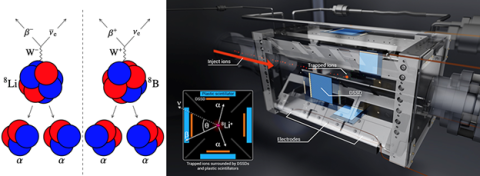
Scientists develop a new method to characterize the properties of one of the four fundamental forces of nature.
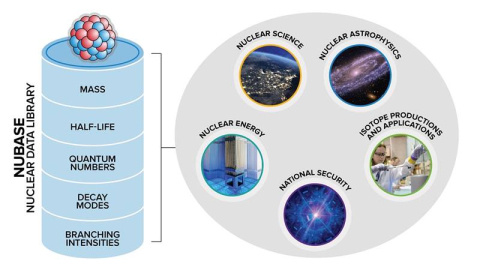
Scientists in nuclear physics, astrophysics, energy, national security, and medicine use a source of recommended nuclear data to advance their research.
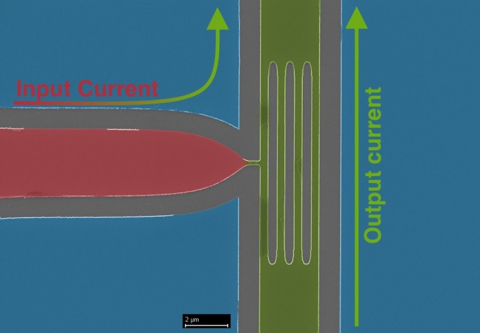
Scientists test a novel design for superconducting switches in magnetic fields.
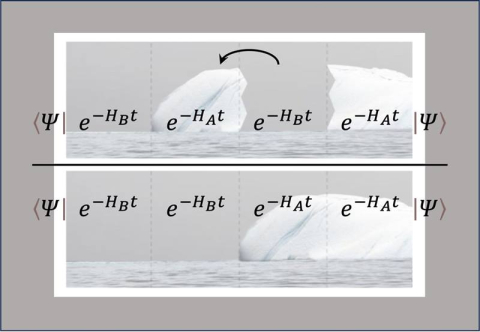
The floating block method provides the tools to compute how quantum states overlap and how to build fast and accurate emulators of those systems.
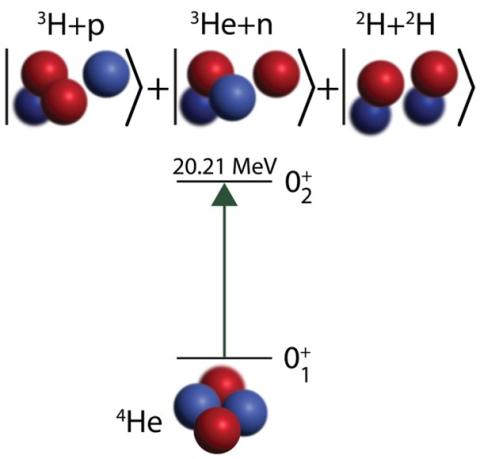
A new experimental measure of Helium-4’s transition from its ground energy state to an excited state closes an apparent gap with theoretical predictions.
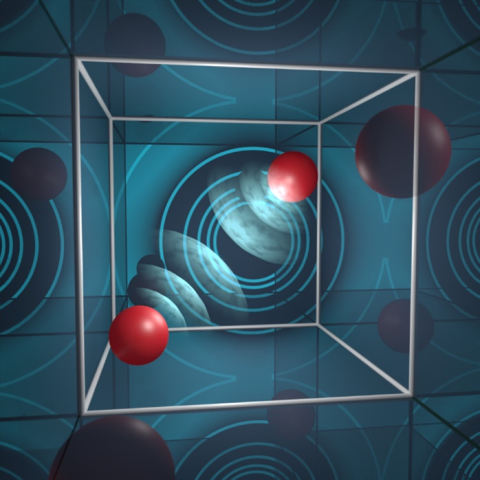
Finite geometry reveals fundamental properties of charged quantum systems.
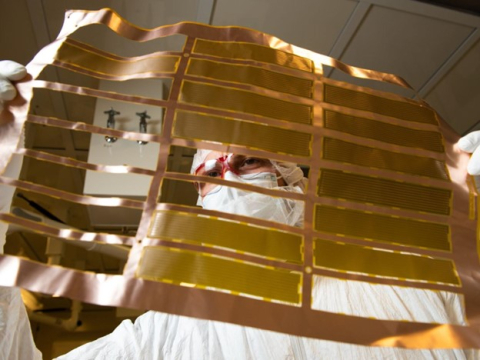
Researchers design ultra-low radiation cables to reduce background noise for highly sensitive nuclear decay and dark matter detectors.
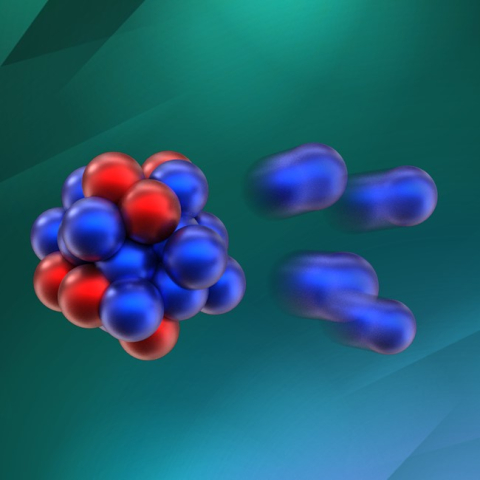
An almost-bound isotope of oxygen undergoes four-neutron decay that challenges theory.
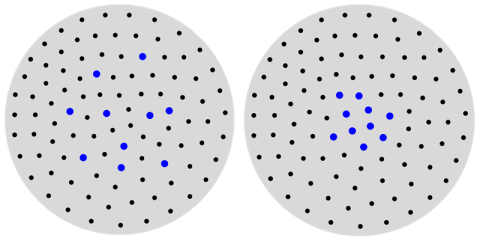
Quantum entanglement changes in atomic nuclei in ways that differ from other systems.

